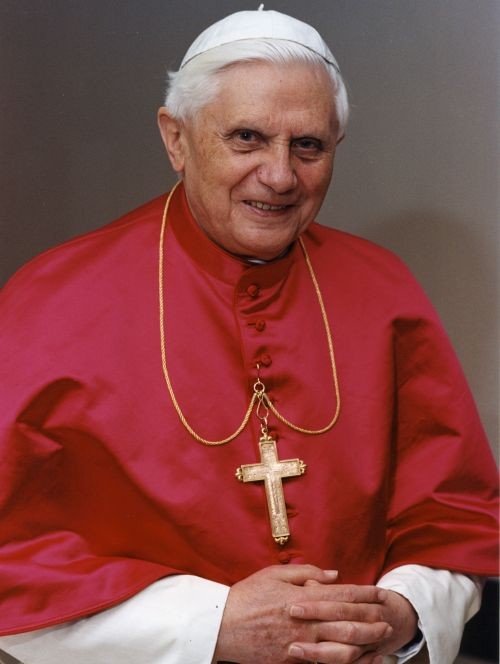
Vatican officials announced today that Pope Benedict XVI will be known as “pope emeritus” and will retain the honorific “His Holiness” after he abdicates on Thursday.
He will also continue to be known by his papal title of Benedict XVI, rather than reverting to Josef Ratzinger.
Pope Benedict will wear his distinctive white cassock without any cape or trimmings.
He will surrender his gold ring of office, known as the fisherman’s ring, and his personal seal will be destroyed in the same way as when a pope dies.
Benedict XVI will also give up wearing his specially-made red leather loafers, instead wearing brown shoes hand made for him by a Mexican craftsman during a brief visit to Mexico last year, Vatican spokesman Federico Lombardi said on Tuesday.
His resignation is the first by a pope for some 600 years.
The title “emeritus” is used when a person of status, such as a professor or bishop, hands over their position so their former rank can be retained in their title.
The Pope is to spend his final hours at his Vatican residence saying farewell to the cardinals who have been his closest aides during his eight-year pontificate.
His personal archive of documents will be packed up and, at 20:00 on Thursday, the Swiss Guard on duty at his Castel Gandolfo residence will be dismissed, to be replaced by Vatican police.

This will mark the formal end of his papacy and the beginning of the period of transition to his successor, due to be chosen next month.
From March 4, the College of Cardinals will meet in general congregations to discuss the problems facing the Church and set a date for the start of the secret election – or conclave to elect Pope Benedict’s successor.
That successor will be chosen by 115 cardinal-electors (those younger than 80 years old) through ballots held in the Vatican’s Sistine Chapel.
A two-thirds-plus-one vote majority is required. Sixty-seven of the electors were appointed by Benedict XVI, and the remainder by his predecessor John Paul II.
About half the cardinal-electors (60) are European – 21 of those being Italian – and many have worked for the administrative body of the Church, the Curia, in Rome.